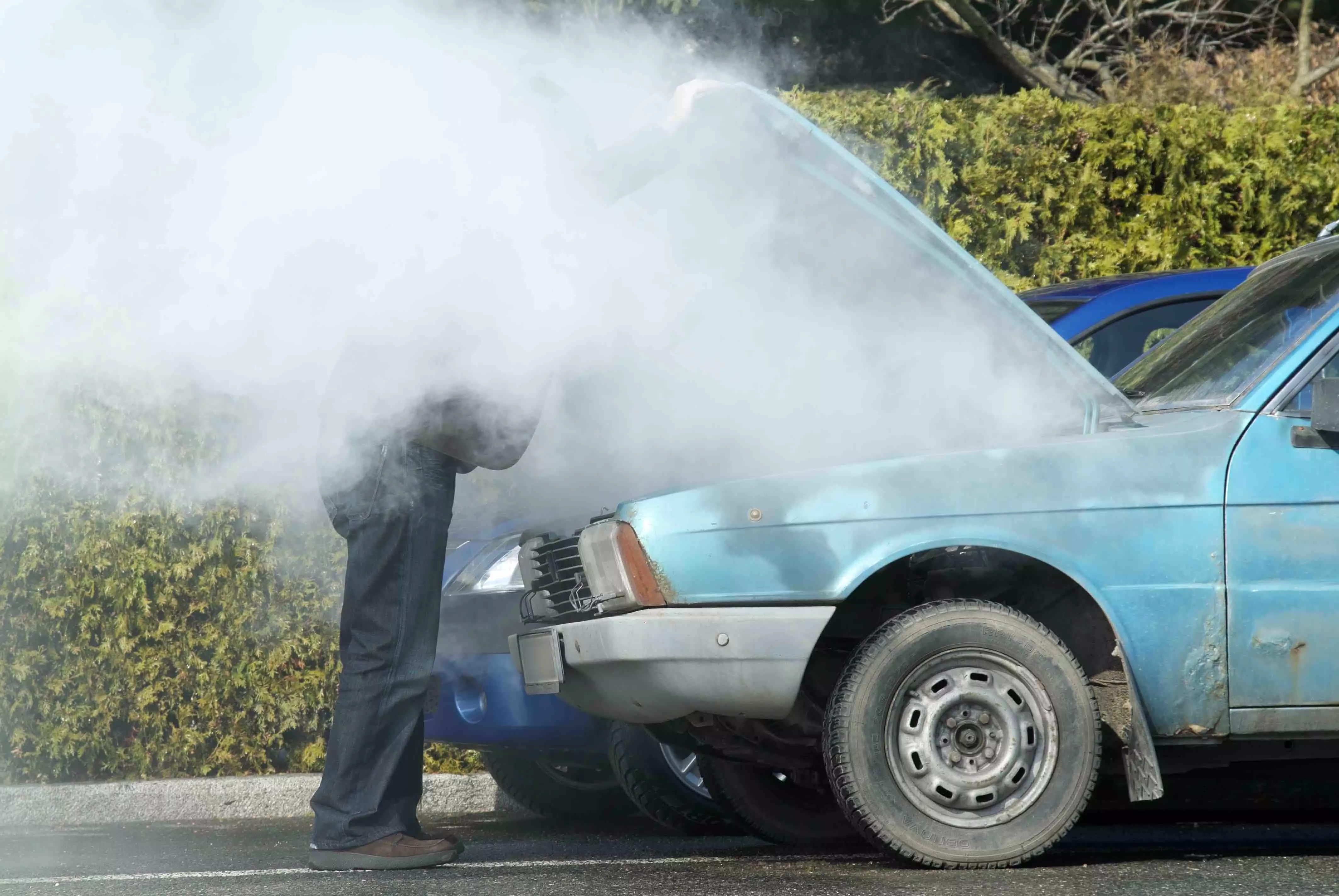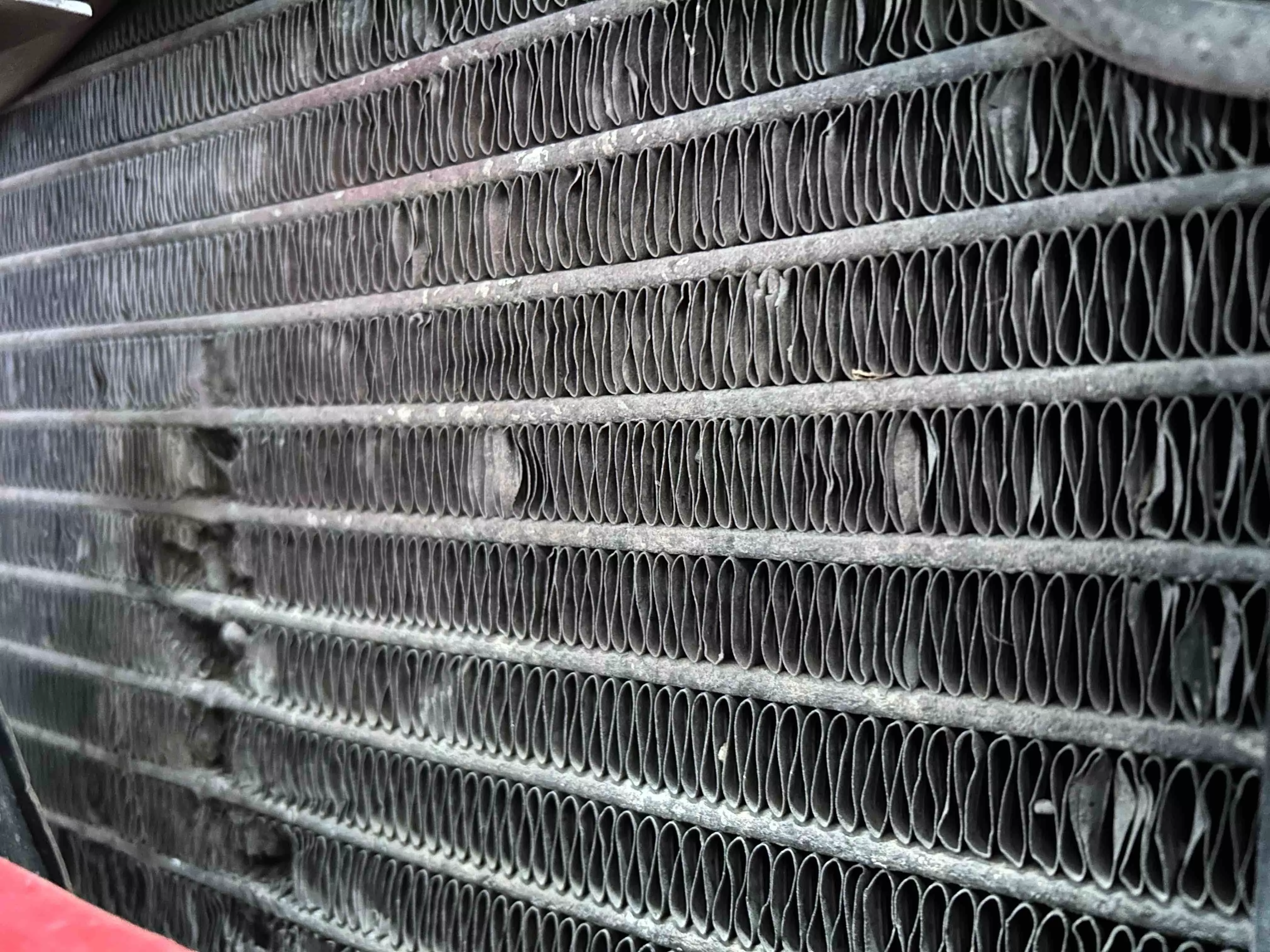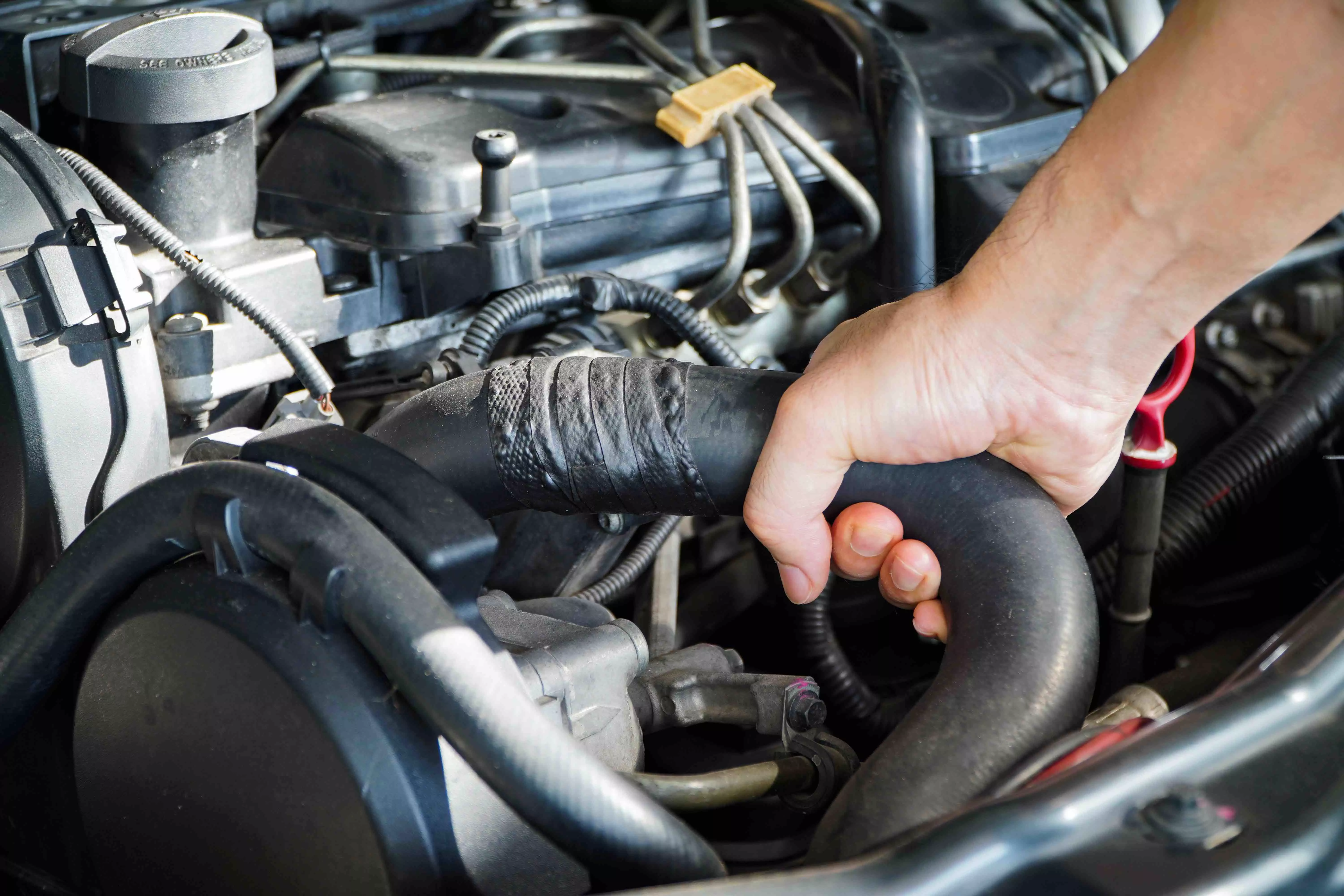
Years ago it was common to see cars at the side of the road, bonnet up with steam making a break for freedom. Summer temperatures and traffic jams test a vehicle’s cooling system to the limit, and sometimes beyond.
These days, it’s less common for engines to overheat, but it still happens, and being stuck by the side of the motorway on a hot day waiting for the breakdown service to arrive, is no fun at all.

How to stop your cooling system from overheating
1. Checking the coolant level is a bit obvious, but often overlooked. Modern vehicle cooling systems should not lose coolant – the level in the expansion tank should not drop. If you’re regularly adding coolant, there must be a leak. At any moment, that leak could get a lot worse and empty the system quickly. Obviously, this will happen at the most inconvenient time.
2. In order for the radiator to work efficiently, air must be able to pass through the horizontal cooling fins. So remove any dirt or debris from the front of the radiator. Access is normally pretty tight, but using a long, thin brush or a vacuum cleaner with a thin nozzle can help. While you’re there, take a good look at the edges of the radiator cooling fins.
If any of the fins have been hit by debris, they may be flattened (example shown below), which will also restrict air flow. The trick here is to carefully straighten the fins with a flat screwdriver or thin-nosed pliers. Take care not to contact the vertical coolant channels – they are easily damaged.
Any signs of corrosion on the radiator is bad news, and a new radiator is the only option; it’s only a matter of time until the corrosion weakens the structure enough that it starts to leak.

3. Most vehicles these days have electric cooling fans behind or in front of the radiator. Instead of the old belt-driven fans, the electric ones only come on when the coolant is hot enough, and the engine management system tells it to. This in theory saves a little fuel, emissions, etc.
However, during the colder seasons, the fan may not be activated for months at a time. Given that they are usually in an exposed position and subject to road spray, salt and rain, it’s not uncommon for the fan motor to corrode and seize. Then, when the engine needs it most, it fails to rotate, and the system overheats.
A quick check now and then takes seconds. With the engine cold, and the ignition switched off, just check that the fan rotates freely. Don’t use your fingers to do this, just in case the fan starts up – I use a handy twig.
4. Coolant hoses should be checked at least once a year. They deteriorate with age, becoming brittle and perishing. With the engine cold, give each hose a squeeze and check for cracks, particularly around where the clamps are fitted.
Any cracks evident will only get worse with time, until that hot day when you’re sitting in a jam, and the cooling system pressure is at its maximum. The weakest link is usually that cracked hose.

This list is not exhaustive, there are plenty more things that could cause your engine to overheat, but hopefully it’s mentioned the most common problems.
You probably should still renew the breakdown service membership, but it might just help avoid a long wait on the side of the motorway in the sun and traffic fumes.